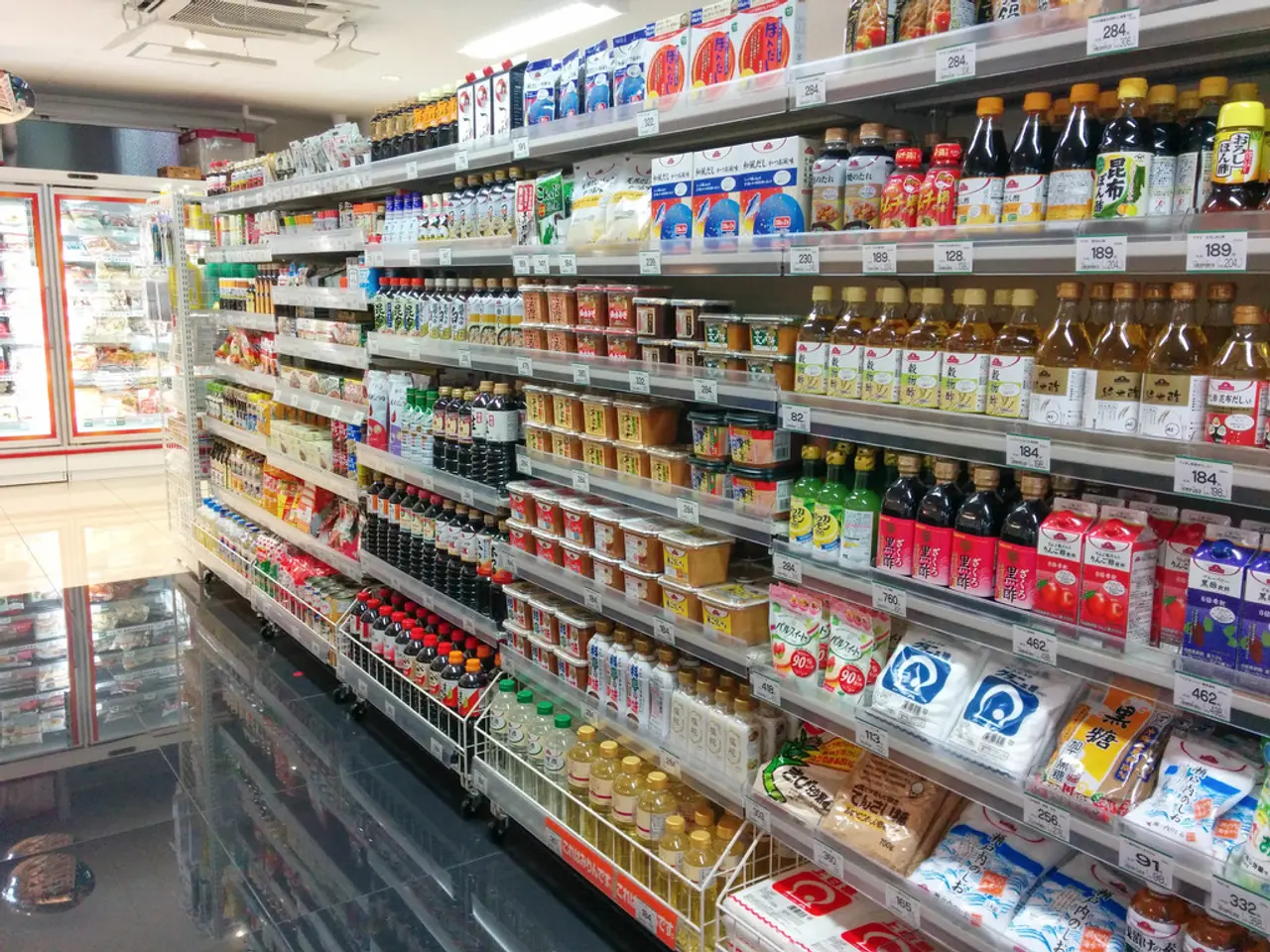Perspective: Grounds for Encouragement
===================================================================
India's economy has shown a robust performance in the first quarter of the current fiscal year, with several key sectors contributing to the growth.
According to the latest data, the GDP growth rate for Q1 stands at 7.8%, marking the highest quarterly growth figure in a year. This growth rate is higher than the corresponding period last fiscal year (6.5%). The growth in value addition has been broad-based, with services, manufacturing, and agriculture contributing significantly.
In the services sector, growth was particularly strong, with a 9.3% increase. Manufacturing also saw a positive trend, growing by 7.7%. However, the growth in the agricultural sector was more moderate, with a 3.7% increase.
The investment growth rate in Q1 is 7.8%, up from 6.7% in the same quarter of the previous fiscal year. This growth is attributed to the Centre's proactive approach to capital expenditure (capex), accounting for nearly a quarter of its Budget.
However, sales growth of non-financial companies in petroleum, automobiles, electrical machinery, food products, and IT and non-IT service companies declined in Q1. This decline could be a sign of a demand constraint, as lower nominal growth does not sit well with a buoyant economy.
To offset rising costs of business, GST rationalisation could be a potential solution. This measure could help stimulate domestic demand, which is crucial for India to offset the compression in global trade.
The RBI Bulletin indicates strong growth in capital goods imports in Q1, suggesting an increase in investment in the manufacturing sector. This could be a preparation for adverse times, as the sudden rise in imports or exports could be a sign of businesses preparing for potential challenges.
The Finance Ministry's latest Monthly Economic Review (for July 2025) shows that FMCG volume sales in urban India have grown 6% in Q1FY26 (year-on-year). Rural growth in FMCG volumes remains buoyant at 8.4% in Q1FY26.
As the economy continues to face external shocks, fiscal and monetary steps may be needed to maintain this growth momentum. The government will need to carefully balance its approach to investment, consumption, and trade to ensure sustainable and inclusive growth.
Read also:
- Peptide YY (PYY): Exploring its Role in Appetite Suppression, Intestinal Health, and Cognitive Links
- Toddler Health: Rotavirus Signs, Origins, and Potential Complications
- Digestive issues and heart discomfort: Root causes and associated health conditions
- House Infernos: Deadly Hazards Surpassing the Flames








